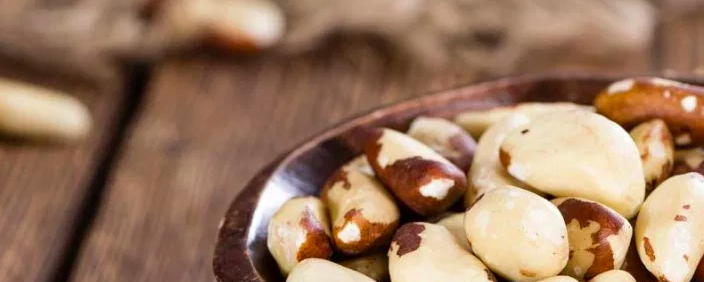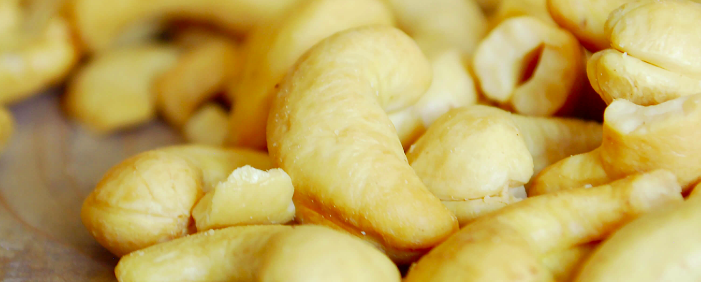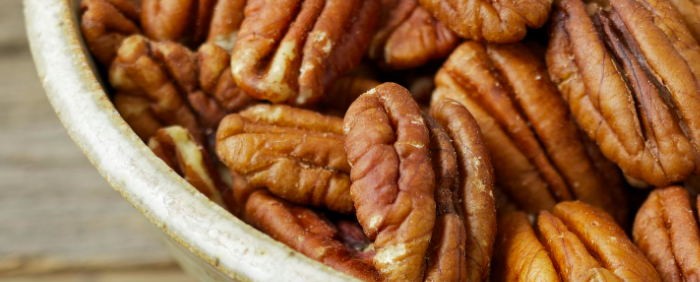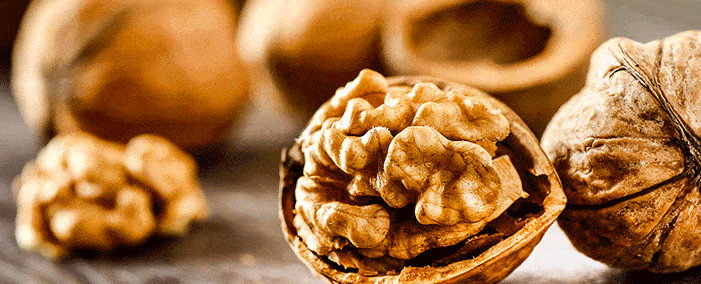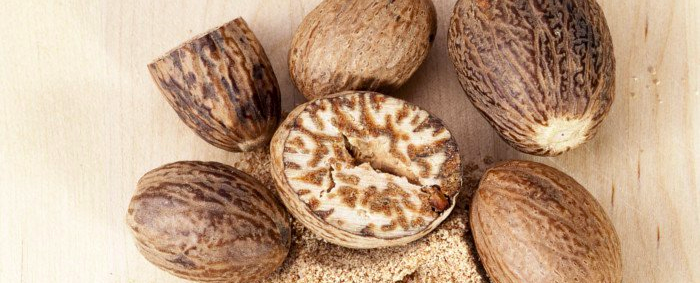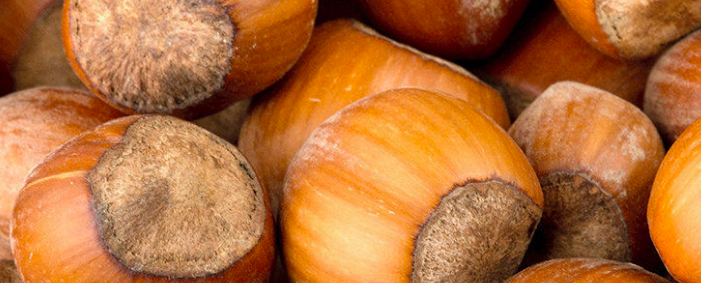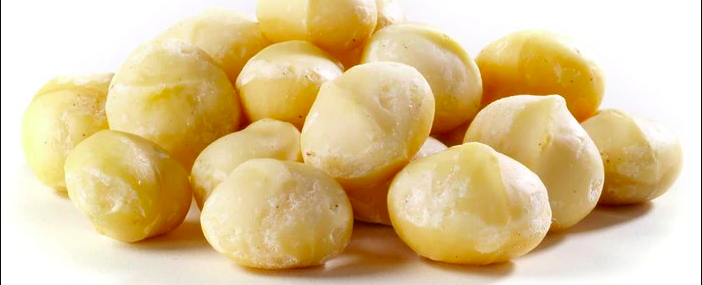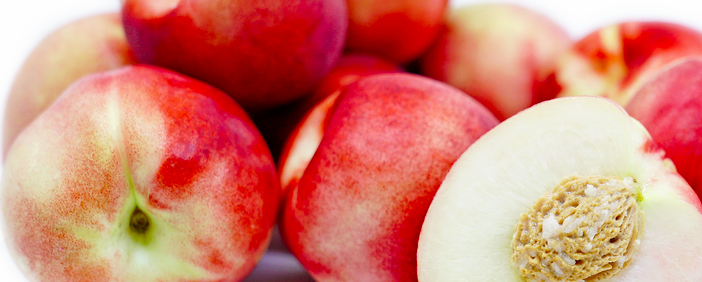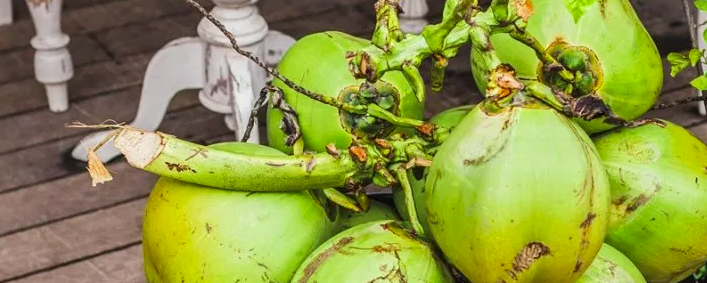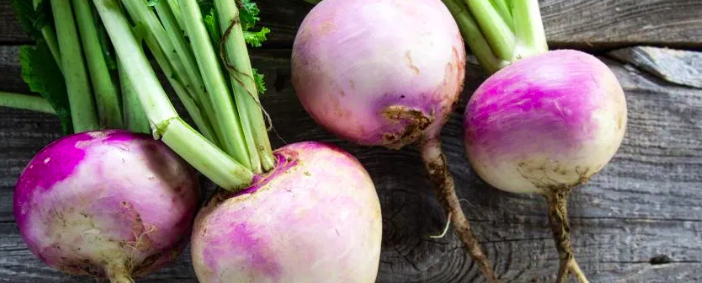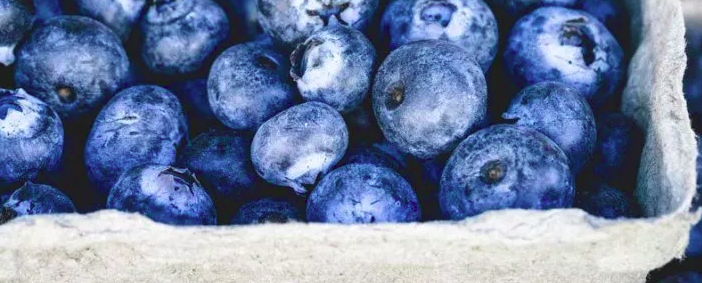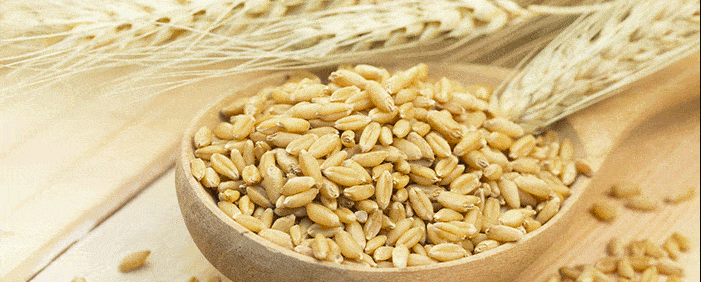
Barley is a cereal, from the grass family, from regions with a temperate climate, cultivated for its grain, used in animal feed and for the manufacture of malt in the beer industry; the grain itself.
Barley characteristics:
- Rich in fiber;
- Rich in beta-glucan;
- Stimulates transit;
- Play on satiety;
- Contains phosphorus and magnesium.
What is barley?
Barley identity card
- Type: Cereals;
- Family: Grasses;
- Origin: Ethiopia and Southeast Asia;
- Season: June and July;
- Yellow color.
Barley characteristics
Barley is a plant that can have a height between 40 and 120 cm. The grain, during harvest, is surrounded by an envelope and is found on an ear, like wheat.
Word from the nutritionist
The consumption of barley contributes to the daily fiber requirements. A portion of barley corresponds to 120 to 180g of cooked barley.
Nutritional values
Per 100g of cooked pearl barley:
| Nutrients | Quantities |
| Protein | 2.26 g |
| Fat | 0.44 g |
| Carbohydrates | 25.76 g |
| Water | 68.8 g |
| Fibers | 2.46 g |
| Vitamin B3 | 2.06 mg |
| Vitamin B6 | 0.12 mg |
| Copper | 0.11 mg |
| Magnesium | 22 mg |
| Phosphorus | 54 mg |
| Iron | 1.33 mg |
13 benefits of barley: why eat it?
- Barley contains various antioxidants such as tocotrienols and phenolic compounds. Antioxidants are compounds that reduce the damage caused by free radicals in the body. These are very reactive molecules which are implicated in the appearance of cardiovascular diseases, certain cancers and other diseases linked to aging.
- Barley is rich in soluble fiber, the consumption of which can help normalize blood cholesterol, glucose and insulin levels. These fibers are therefore interesting compounds in the nutritional treatment of cardiovascular diseases and type 2 diabetes.
- There are several varieties of soluble fiber: those found mainly in barley are beta-glucans which are said to have cholesterol lowering properties.
- Consumption of barley, either in its whole form or in flour, was associated with a higher feeling of satiety an hour and a half after the meal, compared with an equivalent amount of white bread made from wheat. This property can make barley interesting for people looking for supportive meals.
- The high fiber content of barley helps stimulate intestinal transit and limit the risk of colon cancer.
- Barley is a source of phosphorus. Phosphorus is the second most abundant mineral in the body after calcium. It plays an essential role in the formation and maintenance of healthy bones and teeth. In addition, it participates among other things in the growth and regeneration of tissues and helps to maintain normal blood pH. Finally, phosphorus is one of the constituents of cell membranes.
- Barley contains enough magnesium to be a source for women, but not enough to be considered a source for men, whose needs are higher. Magnesium participates in bone development, protein construction, enzyme reactions, muscle contraction, dental health and the proper functioning of the immune system. It also plays a role in energy metabolism and in the transmission of nerve impulses.
- Barley is a source of iron which is essential for oxygen transport and the formation of red blood cells in the blood. It also plays a role in the production of new cells, hormones and neurotransmitters (messengers in nerve impulses).
- Barley is a source of zinc which is involved in particular in immune reactions, in the production of genetic material, in the perception of taste, in the healing of wounds and in the development of the fetus. It also interacts with sex and thyroid hormones. In the pancreas, it participates in the synthesis (production), the storage and the release of insulin.
- Barley is a source of manganese. Manganese acts as a cofactor for several enzymes that facilitate a dozen different metabolic processes. It also participates in the prevention of damage caused by free radicals.
- Barley is a source of copper. As a constituent of several enzymes, copper is necessary for the formation of hemoglobin and collagen (protein used for the structure and repair of tissues) in the body. Several copper-containing enzymes also help the body’s defense against free radicals.
- Barley is a source of vitamin B3. Also called niacin, this vitamin participates in many metabolic reactions and contributes particularly to the production of energy from the carbohydrates, lipids, proteins and alcohol that we ingest. It also collaborates in the DNA formation process, allowing normal growth and development.
- Barley is a source of vitamin B6. This vitamin, also called pyridoxine, is part of coenzymes which collaborate in the metabolism of proteins and fatty acids as well as in the synthesis (manufacture) of neurotransmitters (messengers in nerve impulses). It also contributes to the production of red blood cells and allows them to transport more oxygen.
Choosing the right barley
The different forms
Barley has been part of the human diet for several thousand years, although it is relatively little consumed in our daily lives. Cereal with multiple uses, it is used in the manufacture of malt, which makes up beer and whiskey. In Asian countries, such as Japan and Korea, a drink made from tea leaves and barley grains is also consumed. In the form of grains, we find in particular hulled barley, from which the first outer envelope has been removed, but which preserves the bran and the germ. We also find pearl barley, whose grains have undergone multiple abrasions and lost the germ as well as a larger outer layer, and with which we can make flour. Hulled barley is more nutritious because it has retained most of its nutrients.
Keep well
Barley can be stored away from humidity, heat and at room temperature.
Barley preparation
How to cook it? How to match it?
Barley grains
As pearl barley is fairly refined (it has been polished to give it the appearance of a pearl), we prefer hulled barley, almost intact and therefore much more nutritious. Whatever dish it is intended for, barley is cooked in a proportion of three cups of water for one cup of barley. Bring to a boil, cover, reduce heat and cook 45 minutes for pearl barley, and 90 minutes for hulled barley, or until barley is tender and all water is absorbed. Once cooked, you can do almost everything with the barley grain:
Soups, of course, including the traditional beef and barley soup made with ribs and beef broth, tomatoes, onion, celery, carrots and parsley.
Salads :
- barley, parsley, mint, lemon and tomatoes;
- barley and dried beans;
- barley, avocado and chicken;
- barley, apple, pear, raisins, roasted peanuts, chicken, all seasoned with curry powder, sour cream and chutney;
- barley, artichoke, cucumber, red pepper, almonds and green onion, seasoned with Dijon mustard vinaigrette.
Also try it for dessert, in this fruit salad for example: with strawberries, raspberries, blueberries, kiwi, blue cheese and roasted pecans, seasoned with an olive oil and raspberry vinegar sauce.
And many other dishes:
- in an Italian frittatta, with eggs, parmesan and mozzarella, all topped with a marinara sauce;
- in a pilaf, with olive oil, red pepper, finely chopped onion, fennel seeds, basil and beef broth;
- in a citrus pilaf, with finely chopped onion and garlic, pieces of apples and dried apricots, marmalade and orange juice, zest and lemon juice, oregano, thyme, salt, pepper;
- in a baking pan, with onions, mushrooms, green peppers, eggplant, tomatoes, marjoram, chili sauce and honey;
- in a Hungarian stew, with onion, tomatoes, paprika, caraway seeds and sour cream;
- in a Turkish assured, or Noah’s pudding, composed of white beans, chickpeas, apricots, figs, hazelnuts, almonds, raisins, wheat;
- in a Mongolian pudding, which is made with a cup of pearl barley, a cup of chopped nuts, a cup of sugar, three cups of milk, a third of a cup of raisins and cinnamon – cook pearl barley according to the basic recipe, then put it in the upper part of a double boiler and add sugar and milk. We cook everything for three hours. At the end of cooking, add the previously blanched pieces of nuts and raisins, heat for 15 minutes, sprinkle with cinnamon and serve.
Finally, try barley water, a tasty and healthy drink that is consumed mainly in England and which is prepared with a quarter cup of barley, four cups of water, the zest of two lemons, unlimited lemon juice and sugar. Cook the barley and lemon zest over low heat in water for two hours. We pass the sieve, add sugar or honey and lemon to taste. This drink is preferably drunk cold.
Barley flour can be used:
- in pancakes, pancakes and waffles;
- in breads, cakes and pastries, mixed with wheat flour. For breads that are raised, the proportion is 1/4 of barley flour for 3/4 of wheat flour. For pastries and cookies, half barley flour, half wheat flour can be used;
- in cookies, with oatmeal; or in muffins;
- in pie dough, half barley, half wheat;
- in the pizza dough at the rate of two parts of barley flour for one part of wheat flour.
Barley flakes can be prepared:
- by cooking them for 15 to 20 minutes like oatmeal, with milk and sugar; sugar can be replaced by fresh or dried fruit;
- in all dishes where oat groats are usually used: cookies, crunchies, etc.
You can prepare barley cake as you would for tapioca.
Young barley sprouts
You can also sow barley indoors, and harvest the young shoots for consumption in salads, sandwiches and other preparations. First soak the grains for eight hours, then sow them, without covering them, in a shallow tray three-quarters full of good potting soil. Water, cover with a piece of plastic, leaving one end open for ventilation. Water every day for three days, remove the plastic, expose the tray to sunlight for five to eight days, making sure to always keep the soil moist. Cut the young shoots as needed.
Allergies
Gluten enteropathy (celiac disease)
Celiac disease, also known as intolerance, enteropathy or gluten hypersensitivity, affects approximately 4 in 1,000 people in North America. People with this condition have a permanent intolerance to gluten, a protein found in the grain of many cereals. This protein is toxic to people with celiac disease and its consumption can cause intestinal symptoms such as malabsorption of several nutrients. Treatment for celiac disease is to completely exclude gluten from the diet.
Barley contains gluten-forming proteins; sufferers should therefore avoid barley and its by-products (malt, beer, etc.).
Beer allergy
Some people experience allergic reactions after drinking beer, some of which can lead to anaphylaxis. A study has discovered two barley proteins (LTP1 and Z4) which are the two main allergens in beer, generally made from malt from barley.
History of food
The term “barley” appeared in the French language written in the 12th century. It is an old adaptation of the Latin name of the plant, hordeum. The so-called autumn barley bears the name of barley, which comes from the Latin corrigia and means “belt”, by allusion to the shape of the ear. The common barley, ancestor of all modern varieties, bears the name of hinge, from the Latin palmutia, “small palm”. Depending on the uses, barley is feminine … or masculine. Nature, it is feminine: early barley; shelled, it is masculine: hulled or pearled barley.
Barley, which is a cereal of the same family as wheat and oats, was probably cultivated for the first time in prehistoric times on the high plateaus of Ethiopia and in south-eastern Asia. It is believed to have been the first cereal to be domesticated. Its culture would then have spread to Egypt, Mesopotamia and northern Europe, a few thousand years before our era. Among the Hebrews, the Greeks and the Romans, it was the main cereal used to make bread. It was also eaten as a porridge, especially in Greece.
Athletes’ food
Reputed to be a food of strength, it was given to the champions of the ancient games of Eleusis, in Greece. As for the gladiators, they were called hordearii, or “men-barley”, because it was the main food they consumed during their training. Its relative poverty in gluten making it difficult to bread, barley was replaced by wheat when humans discovered the joys of leavened bread, lighter than the traditional flat breads which, in all cultures, were until then the basis of food.
Selection and use
However, long before it was grown, barley was harvested from the wild. The oldest species, the ancestor of our current hinge, was difficult to harvest because its spine (or central axis of the ear) was weak and the grains fell hastily. It was eventually replaced by four and six row species with a much stronger spine. Researchers believe it was the first form of selection to have been made by humans, about 10,000 years ago. For several millennia, it was by far the most widely used cereal, until wheat overtook it.
Today, it has retained some of these food uses, notably in North Africa and in certain parts of Asia where it is used to make flat bread and porridge. But now, it is mainly grown for the malting industry (malt comes from germinated and dried barley, and is the basic ingredient of beer), and as feed or feed for pigs, beef meat and poultry. However, the recent interest in dietary fiber and complex carbohydrates, of which it is rich, should change this profile.
Beer
In the Middle Ages, it was considered healthier to drink beer – which was sterilized by the cooking and fermentation process – than highly contaminated water. It is said that in the 15th century, Saint Arnoul, a Flemish Benedictine and Bishop of Soissons who later became the patron saint of brewers, noted during an epidemic of cholera that beer drinkers suffered less from colic than water drinkers. . To persuade the latter to switch to beer, he brewed a tank before their eyes using his stick to stir the golden liquid, then blessed said tank. History has it that everyone agreed to drink it and that everyone escaped death …
Considered the first alcoholic drink, beer was already made by the Sumerians, who prepared it by fermenting barley bread in water. They came to manufacture ten types of beer which they exported to Egypt or other nearby regions. Low in alcohol, some of these beers played the role of food, especially among the poor who could get them at low prices. Indeed, among the Babylonians, the beer was thickened with flour, then put to ferment a second time. We either drank this mixture or baked it squarely, like bread or cake. In addition, the malt residue from the first fermentation was consumed. Same thing in the Middle Ages: we didn’t filter beer, which was made with legumes,
Some people like to think that it was with the aim of making beer and not to obtain a reliable source of solid food that the hunter-gatherers invented agriculture and therefore entered the Neolithic era – thus giving birth to the great civilizations of humanity.
For further
Ecology and environment
Green manure
In addition to being used as food for humans and animals, barley can be used as green manure. As such, it prevents soil erosion, nourishes everything living and useful in the soil, from bacteria to earthworms, and protects these relatively fragile organisms against ultraviolet rays and extreme temperatures. Finally, green manures compete strongly with weeds, reducing the use of chemical herbicides.
Warning: antibiotics
Many plants are sensitive to antibiotics, in particular barley, whose growth is significantly slowed down when exposed to sulphadimethoxine. However, sludge from wastewater settling ponds used to make compost, as well as manure and slurry from farm animals can contain and, in fact, contain residues of antibiotics which eventually end up in the ground. In addition to suffering in their growth, exposed plants can absorb these drugs into their tissues and pass them to humans, which increases the risk of antibiotic resistance.



